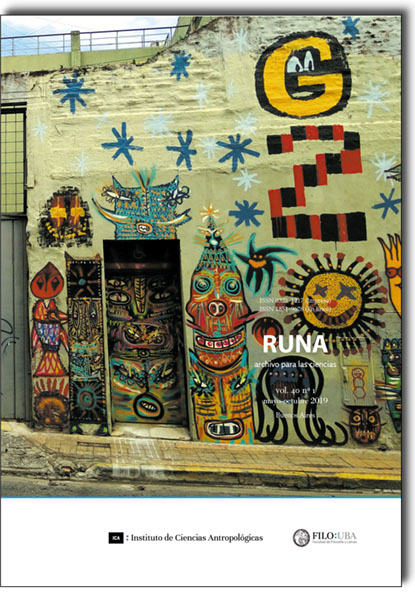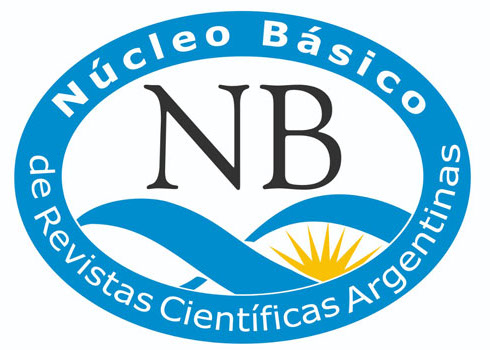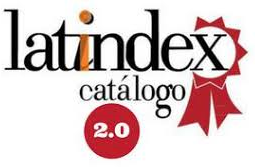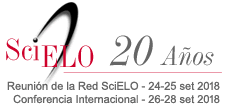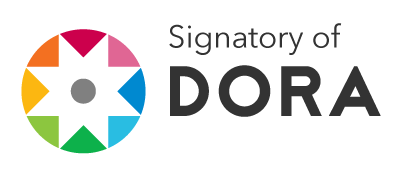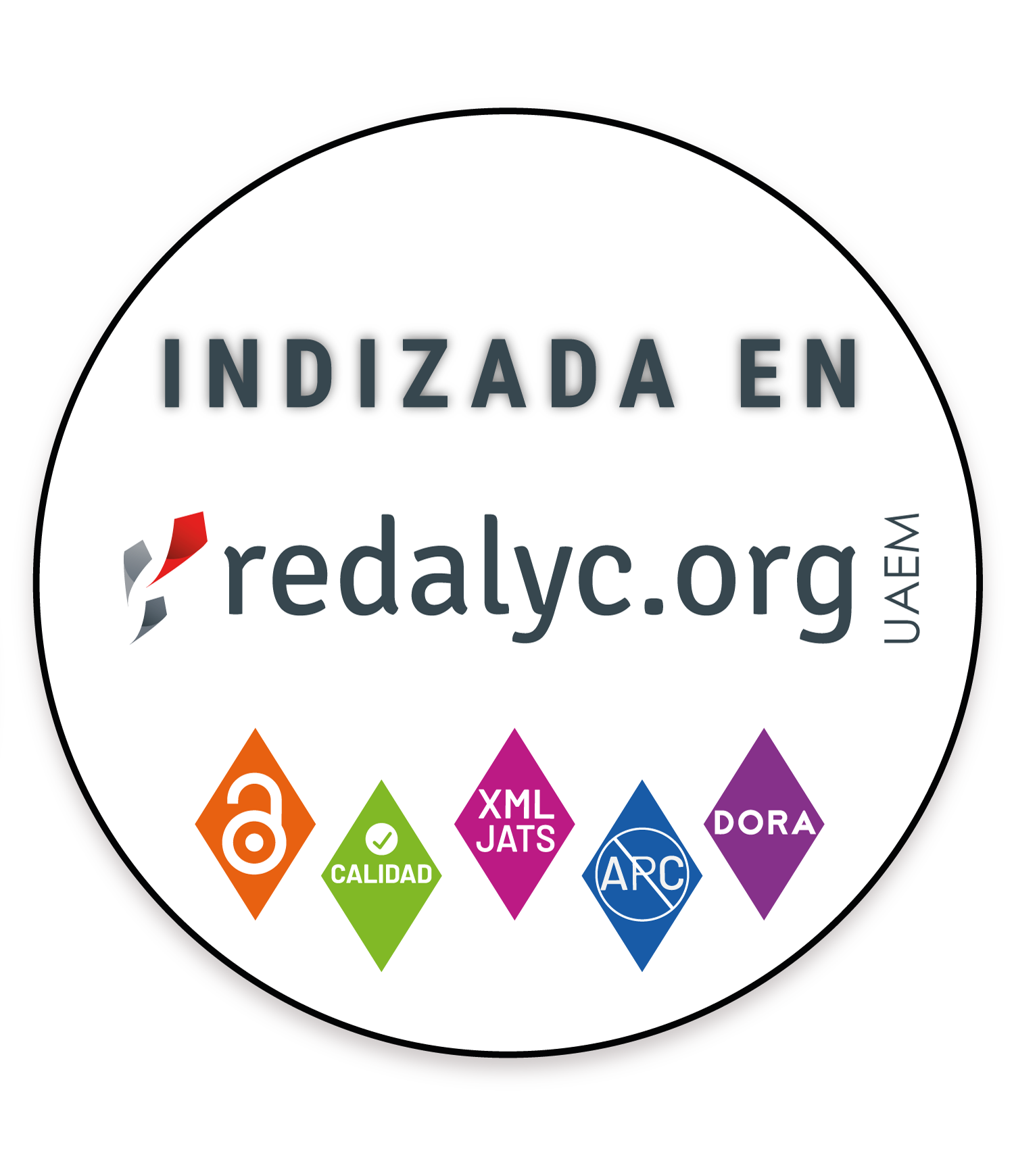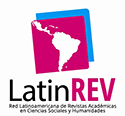Don Juan de Santacruz Pachacuti, Yamqui Salcamaygua, a Mountain’s priest
Abstract
This paper proposes a new interpretation of the three sketches drawn by Don Juan de Santa Cruz Pachacuti from the archeological iconographic point of vue. The Sun’s temple drawning of Coricancha is not a christianization of myths and gods of the Incas put on a barrocco altar, but a condensé of the foster powers of the ancestral Mountains; the sketch is also, as it had been said by many academics, a sun calendar which begins at the winter solstice of december. Actually, Santa Cruz Pachacuti recreated a pre-hispanic image of its own.Downloads
References
Ahocquenghem, A. (1978). Les combats mochicas: essai d’interprétation d’un matériel archéologique à l’aide de l’iconologie, de l’ethnohistoire et de l’ethnologie”. Baessler Archiv, XXVI, 127-157.
Bernand, C. (2019). Histoire des peuples d’Amérique. París: Fayard-Histoire.
Burger, R. (1996). Chavin. En E. H. Boone (ed.). Andean Art at Dumbarton Oaks (pp. 45-86). Washington D.C.: Dumbarton Oaks Research Library.
Cummins, T. B.F. (2004). Brindis con el Inca. La abstracción andina y las imágenes coloniales de los queros. Lima: UNMSM, Embajada de los Estados Unidos de América, Universidad Mayor de San Andrés.
Duviols, P. (2017). Escritos de historia andina. Cronistas, tomo II. Lima: Biblioteca Nacional del Perú/IFEA.
Gisbert, T. (1983). Génesis de la cultura andina. Lima: Colegio de Arquitectos del Perú.
Golte, J. (1973). El concepto de sonqo en el runa simi del siglo XVI. Indiana, 1, 213-218.
González Holguin, D. S.J. (1608). Vocabulario de la lengua general de todo el Perú llamada lengua quechua o del Inca.
Guffroy, J. (2011). Las tradiciones centro-andinas de rocas grabadas (Perú): evoluciones y continuidades. Chungara, Revista de Antropología Chilena, 43(1), 73-88.
Isbell, W. I. (2008). Wari and Tiwanaku: international entities in the Central Andean Middle Horizon. En H. Silverman y W. Isbell (eds.). Handbook of South American Archaeology (pp. 731-759). Nueva York: Springer.
Itier, C. (2013). Viracocha o el Océano. Lima: IFEA, IEP.
Karadimas, D. (2016). Monkeys, Wasps and Gods: graphic perspectives on Middle Horizon and Later Pre-Hispanic painted funeral textiles from the Peruvian Coast. Nuevo Mundo/mundos Nuevos, Sección “Colloques”, 7 de julio de 2016. DOI 10.4000/nuevomundo.69281
Lozada Pereira, B. (2008). El dibujo cosmológico de Santa Cruz Pachacuti Yamqui. En Cosmovisión, historia y política en los Andes (pp. 117-135). La Paz: CIMA.
Sahagun, B. de. (1979). Historia de las Cosas de la Nueva España. Codex Florentino, fac-similé 218-20. México: Porrúa.
Santa Cruz Pachacuti Yamqui, J. de. ([1879] 1992). De las costumbres antiguas de los naturales del Pirú. En H. Urbano y A. Sánchez (eds.). Antigüedades del Perú (pp. 173-269). Madrid: Información y Revistas.
Scott S. (2011). Generative landscapes: the Step mountain motif in Tiwanaku Ethnography. Barnardsville: Boundart End Archaeology Research Center.
Silverblatt, I. (1989). Moon, sun and witches. Gender ideology and class in Inca and colonial Peru. New Jersey: Princeton University.
Siracusano, G. (2005). El poder de los colores. De lo material a lo simbólico en las prácticas culturales andinas, siglos XVI-XVIII. Buenos Aires: Fondo de Cultura Económica.
Smith, S. (2011). Generative landscapes: the Step mountain motif in Tiwanaku Iconography. Ancient America n°12. Barnardsville: Boundart End Archarological Center.
Stone Miller, R. (1995). Art of the Andes from Chavín to Inca. Londres: Thames & Hudson.
Szeminski, J. (1989). Un kuraka, un dios, una historia. Buenos Aires: Facultad de Filosofía y Letras.
Taylor, G. (1987). Ritos y tradiciones de Huarochiri del siglo XVII. Lima: IEP/IFEA.
Urton, G. (1997). The social life of numbers, en colaboración con Primitivo Nina llanos. Austin: Texas University Press.
Vallée, L. (1982). El discurso mítico de Santa Cruz Pachacuti Yamqui. Allpanchis Puthurinqa, XVII (20), 103-126.

Runa, archivos para las ciencias is a publication of the Instituto de Ciencias Antropológicas, Facultad de Filosofía y Letras, Universidad de Buenos Aires and is distributed under a Creative Commons Attribution 4.0 International License.
Runa maintains its commitment to the policies of Open Access to scientific information, considering that both scientific publications and publicly funded research should circulate on the Internet freely, free of charge and without restrictions.
The contents and opinions expressed in published articles are the sole responsibility of their authors.
